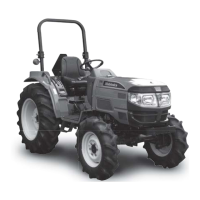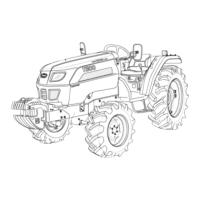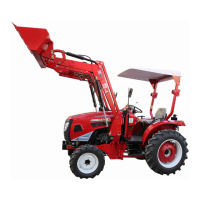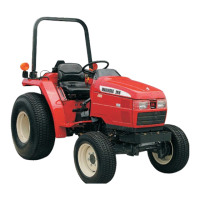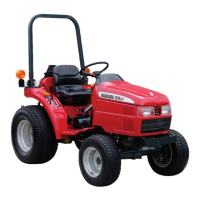C-62
35 Series 4WD, Model - 3535, 4035, 4535 and 5035 SM June’08
3. INSTALLATION
a) THE MAIN BEARINGS AND CRANKSHAFT
1. Wipe clean the upper bearing half supports
in the crankcase, wipe the bearing faces with
oil and install the upper bearing halves with
the locating nibs in position.
2. Wipe the crank pins and journals clean and
lay the crankshaft in position.
3. Coat the lower bearing halves and caps in oil
and assemble the bearings to the caps.
4. Install the bearing caps and bearings in their
correct positions and secure with the
capscrews. Tighten the capscrews to the
torque detailed in SPECIFICATIONS and install
the lockwires if the capscrew heads are drilled.
NOTE: If it is necessary to replace one of the
bearing cap capscrews with a “Place” bolt,
both must be replaced as the heads of
“Place” bolts are not drilled.
5. Pull the connecting rods down on to the
crankshaft, lubricate the bearing faces and
assemble the caps in the correct positions.
Secure with the capscrew, tightening them
to the torque detailed in SPECIFICATIONS.
NOTE: When correctly positioned, the main
bearing half will stand out 1/32” either side
above the cap surface and engage inside
the crankcase half bore. Failure to position
correctly will result in bearing halves being
out of line when cap bolts are torqued
down.
6. Press a new oil seal into the rear oil seal
retainer with the lip towards the front of the
engine. The seal must be pressed hard against
the shoulders of the retainer to ensure
squareness.
7. Use jointing compound and fit a new
horseshoe gasket to the rear face of the
crankcase, lining up the holes in the gasket
with the bolt holes.
8. Apply a light coating of grease to the oil seal
and fit it over the end of the crankshaft, taking
care not to damage the lip of the seal.
Use a seal assembly sleeve for this operation
if possible. Ensure that the garter spring is
fitted and in position. Locate the retainer on
the dowels.
Crankcase, Crankshaft, Main Bearings & Flywheel
9. Fit the five retainer bolts and tighten to the
correct torque by stages to ensure even
seating on the gasket.
NOTE: The bottom face of the retainer,
after assembly, must align with the face
of the crankcase within 0.020”.
10. Trim the rear oil seal retainer gasket flush with
the bottom of the crankcase.
11. Assemble the crankcase front cover.
12. Assemble adapter plate on crankcase using
four bolts and apply liquid gasket.
13. Assemble the flywheel to the crankshaft
(a & b).
14. Install the lubricating oil pump.
15. Use liquid gasket (loctite 584) between oil pan
and adapter plate joint.
16. Fill the crankcase with the correct grade of
oil to the level mark on the dipstick.
CYLINDER BLOCK
INSPECTION & REPAIR :
Thoroughly clean the cylinder block. Remove the
oil sludge deposits on the inner surfaces of the
cylinder block. Remove the old gasket materials from
the cylinder head, thermostat, water pump, rear
oil seal, oil pan and oil filter mating faces.
Check the cylinder head mating face for warpage
using a straight edge and a feeler gauge.
If inspection proves it necessary, remove the studs
and cylinder head guide dowels. While installing
the cylinder head guide dowels, ensure that the
dowel projects 5.85 mm (0.23 in) above the face
of the block. Clean the lubricating oil galleries using
wire brush. While installing expansion plugs, ensure
that shellac/sealer is present around the edges as
well as inside the plugs.
CONDITIONING SCHEDULE
GENERAL :
After the installation of new sleeves, pistons or
piston rings, the engine must be run-in before being
operated at full speed and load. The first phase of
running-in must be gentle enough to prevent
excessive pressure and temperatures. But too gentle
operation may result in cylinder wall glazing due
low combustion temperatures. Improper running-
in procedure may result in shorter engine life, loss
of power and high oil consumption.
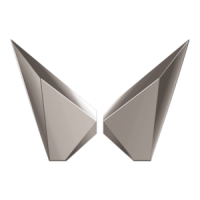
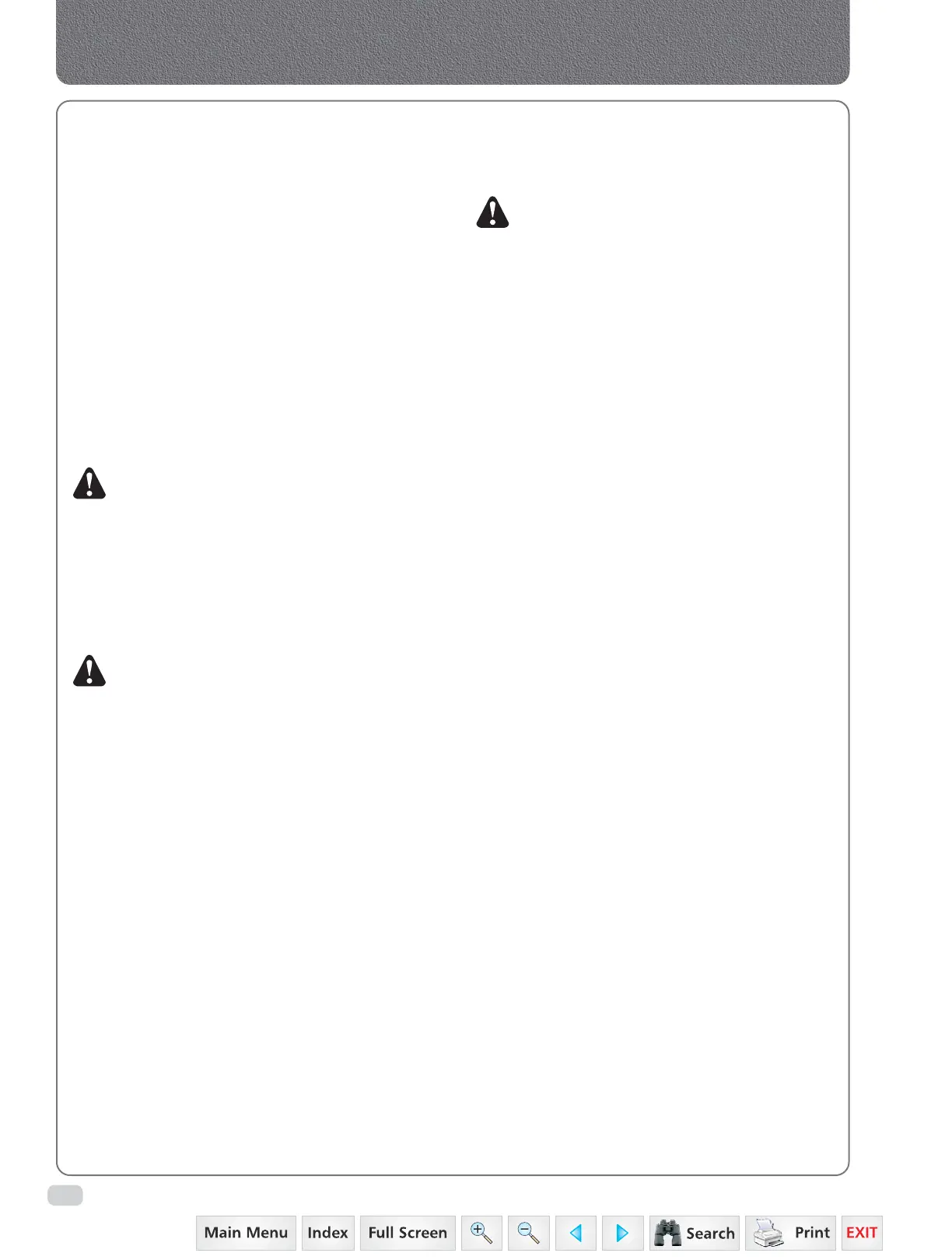